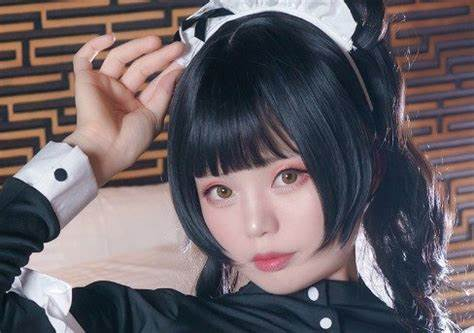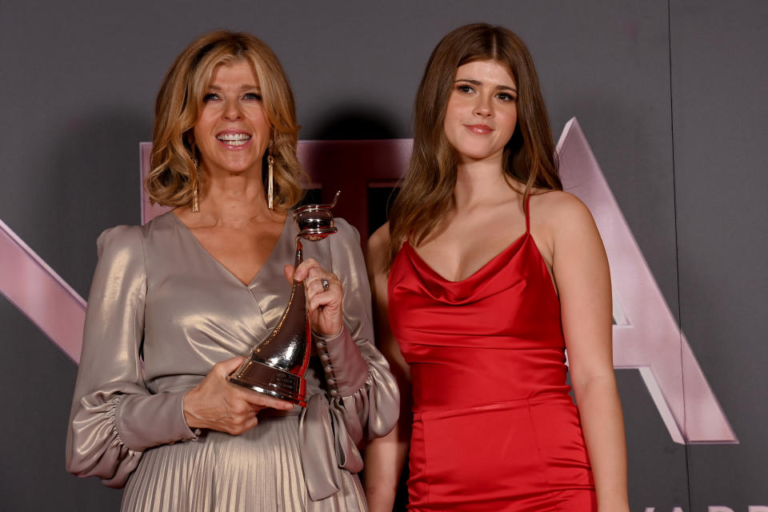The Japanese subculture known as Jirai Kei has been gaining increasing attention in recent years, especially among anime and manga enthusiasts. With its roots in a combination of various artistic influences, Jirai Kei represents not just a fashion style but a lifestyle and a form of self-expression. This article aims to explore the intricacies of Jirai Kei, its characteristics, cultural significance, and its impact on modern fashion trends.
What is Jirai Kei?
Jirai Kei literally translated as “landmine style,” emerged from the broader realm of Japanese subcultures, particularly among youth who seek to express their individuality through distinctive clothing and aesthetics. The term Jirai suggests that this style can “explode” in various ways much like a landmine appearing unexpectedly and embodying a chaotic yet fascinating mix of influences.
Origins of Jirai Kei: The origins of Jirai Kei can be traced back to the late 1990s and early 2000s, primarily in Japan. It began as an underground movement, heavily influenced by Gothic, Lolita, and Visual Kei styles, combined with punk and alternative aesthetics. Unlike other subcultures that are more rigidly defined, Jirai Kei embraces chaos and individuality, allowing for personal interpretations and eclectic mixtures of styles.
Cultural Significance of Jirai Kei
Jirai Kei transcends mere fashion; it represents a cultural statement. It is about reclaiming individuality in a society that often emphasizes conformity. Here are some cultural aspects that underpin Jirai Kei:
Rejection of Norms: The Jirai Kei movement embodies a resistance to societal norms, especially regarding beauty and fashion standards. Many practitioners embrace their uniqueness and challenge the status quo by mixing and matching various styles that others might deem incompatible.
Community and Belonging: While Jirai Kei can be an individualistic expression, it also fosters a sense of community among its followers. Online forums, social media platforms, and meetups allow enthusiasts to connect, share their looks, and support one another in their fashion journeys. The Jirai Kei community often collaborates on projects, such as group photoshoots, fashion shows, and fan art.
Influence on Popular Culture: The influence of Jirai Kei has extended beyond Japan’s borders. Western fashion designers have drawn inspiration from this style, incorporating Jirai Kei elements into their collections. Its impact can be seen in the rise of similar subcultures in the West, where individuals mix styles and create their unique interpretations of Jirai Kei.
Jirai Kei vs. Other Japanese Subcultures
Understanding Jirai Kei requires a comparison with other prominent Japanese subcultures. Here’s a breakdown of how Jirai Kei differs from its counterparts:
Jirai Kei vs. Gothic Lolita: While both Jirai Kei and Gothic Lolita embrace darker color palettes, Gothic Lolita is characterized by its strict adherence to Victorian and Rococo fashion styles. In contrast, Jirai Kei is more eclectic and allows for a broader range of influences, making it less formal and more casual.
Jirai Kei vs. Visual Kei: Visual Kei is a music-based subculture known for its flamboyant, theatrical styles associated with rock bands. While Jirai Kei can incorporate elements of Visual Kei, it is more grounded in personal expression rather than performance. Visual Kei often prioritizes specific band aesthetics, while Jirai Kei encourages individual interpretation.
Popular Jirai Kei Influencers and Icons
The rise of social media has led to the emergence of several influencers and icons who embody the Jirai Kei aesthetic. These individuals play a significant role in popularizing the style and inspiring newcomers to the community.
Online Personalities: Several popular YouTubers and Instagram influencers are known for their Jirai Kei fashion. They often share styling tips, makeup tutorials, and lifestyle vlogs that resonate with fans. Their influence helps bridge the gap between the Jirai Kei community and the wider world, making the style accessible to a larger audience.
Musicians and Artists: Musicians who embrace Jirai Kei aesthetics often incorporate elements of the style into their performances and visuals. This cross-pollination between music and fashion contributes to the evolution of Jirai Kei and its visibility in popular culture.
How to Embrace Jirai Kei Style
If you’re interested in exploring the Jirai Kei aesthetic, here are some practical tips to get started:
Research: Spend time exploring Jirai Kei looks online through social media platforms like Instagram, Pinterest, and TikTok. Familiarize yourself with the key elements of the style.
Choose Your Colors: Decide on a color palette that resonates with you. Start with a mix of muted tones and pastel colors to create a base for your outfits.
Layering is Key: Experiment with layering different clothing items. Play around with lengths and textures to find combinations that suit your personal style.
Personalize Your Look
Unique Accessories: Incorporate accessories that reflect your interests and personality. This could include handmade jewelry, vintage finds, or pieces that resonate with your favorite fandoms.
Hair and Makeup: Don’t be afraid to try bold hair colors and unique makeup styles. Your hair and makeup should reflect your individuality and enhance your overall look.
Be Confident: Embracing Jirai Kei is as much about attitude as it is about clothing. Wear your outfits with confidence, and don’t be afraid to stand out from the crowd.
The Future of Jirai Kei
As global interest in Japanese culture continues to grow, Jirai Kei is likely to evolve further. With the influence of social media, the subculture can reach new audiences, inspiring fresh interpretations and adaptations of the style.
Sustainability and Ethical Fashion: In recent years, there has been a growing emphasis on sustainable and ethical fashion. Many Jirai Kei enthusiasts are embracing thrift shopping and upcycling to create unique outfits. This approach not only reduces environmental impact but also aligns with the spirit of individuality that Jirai Kei embodies.
Expanding Beyond Borders: As Jirai Kei gains recognition outside of Japan, we may see more fusion styles emerging. The mixing of Jirai Kei with local fashion trends in various countries could lead to exciting new subcultures that celebrate diversity while maintaining the core values of Jirai Kei.
FAQs
What is Jirai Kei?
Jirai Kei is a unique fashion subculture that combines elements of kawaii (cute) culture with darker, melancholic aesthetics. It often features frilly dresses, high-waisted skirts, oversized sweaters, and dramatic makeup, creating an emotional portrayal of sadness and longing.
How did Jirai Kei originate?
Jirai Kei emerged from the Harajuku fashion scene in Japan, evolving into a response to societal pressures and mental health issues faced by young people. The subculture gained momentum during the pandemic, with online platforms helping spread its influence globally.
What is the future of Jirai Kei fashion?
Jirai Kei continues to evolve, with trends leaning towards more sustainable fashion and potential influences from minimalist designs. The community is also seeing a fusion of traditional Japanese elements with contemporary styles.
Conclusion
Jirai Kei is more than just a fashion trend; it represents a movement of self-expression and individuality that resonates with people across the globe. By embracing this unique style, individuals can carve their path in a world that often encourages conformity. Whether through fashion, music, or art, Jirai Kei continues to inspire creativity and a sense of belonging among its followers. As we move forward, the influence of Jirai Kei is likely to expand, welcoming new interpretations and fostering connections across cultures.
To read more, Click Here .








